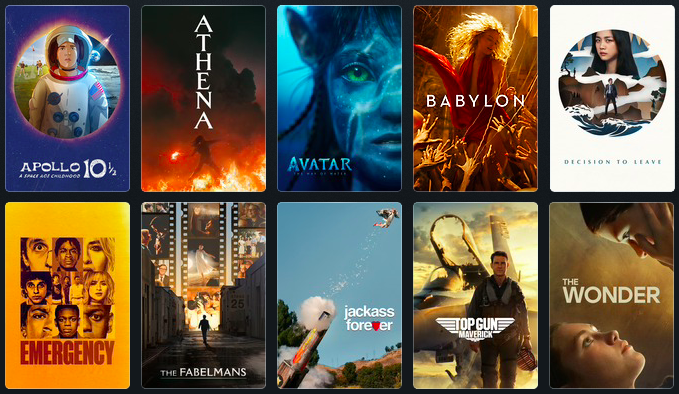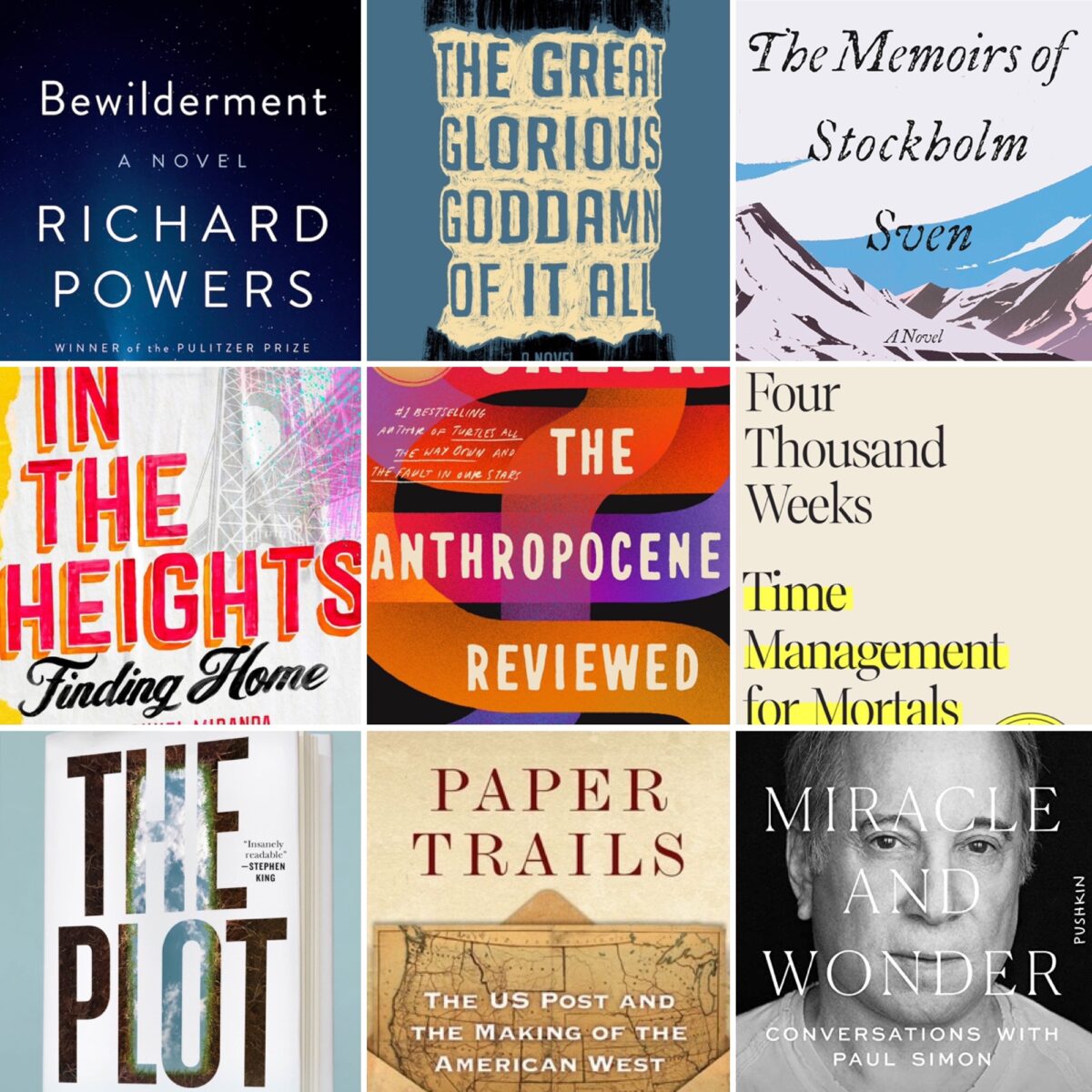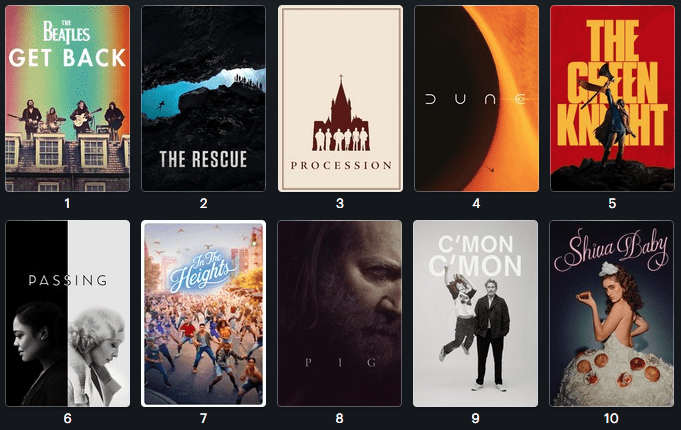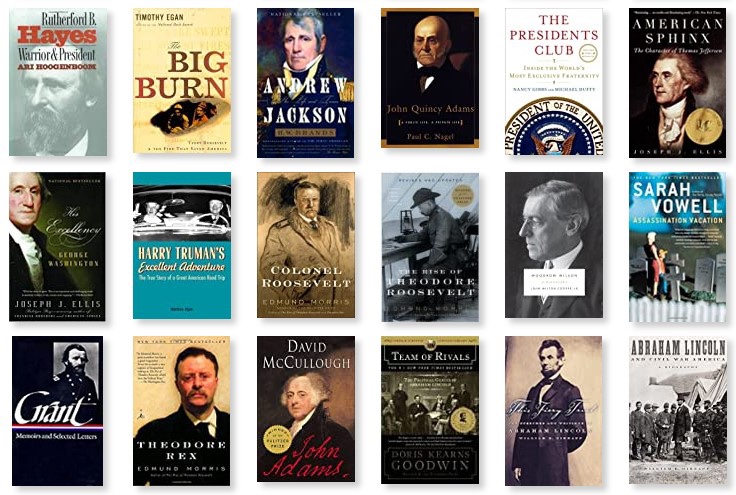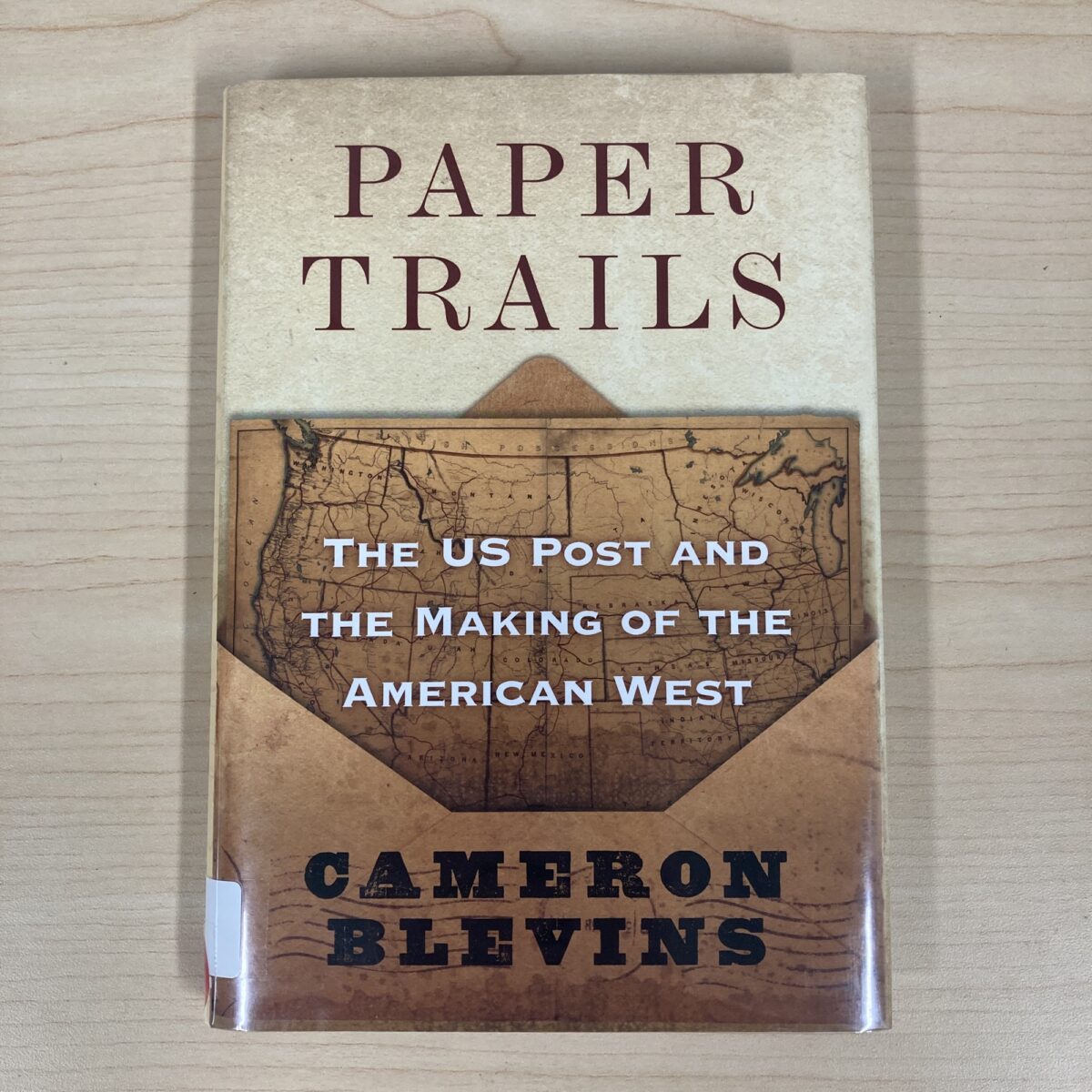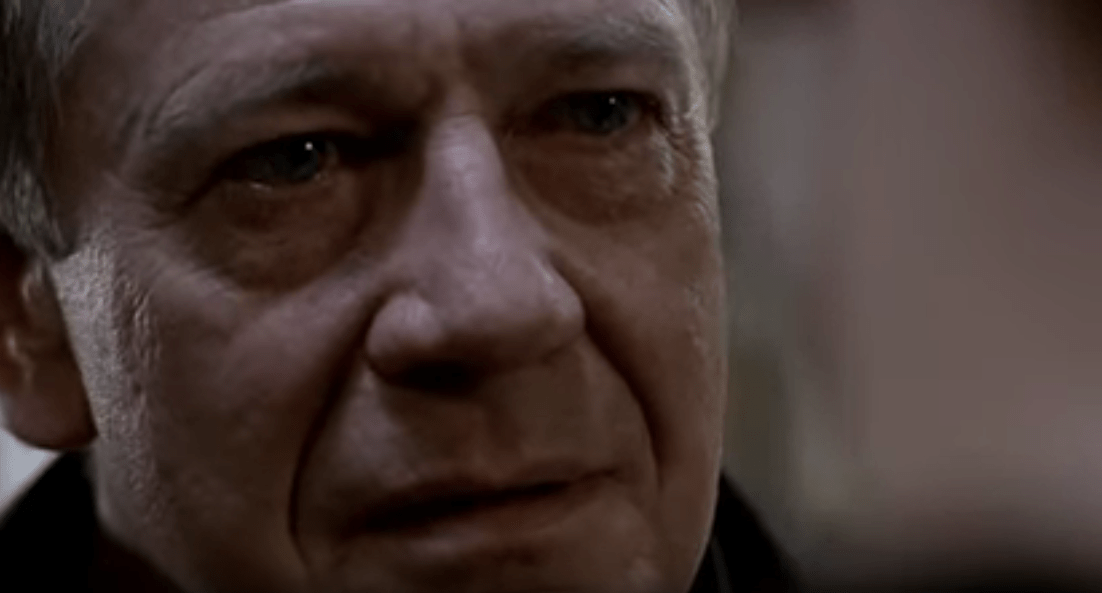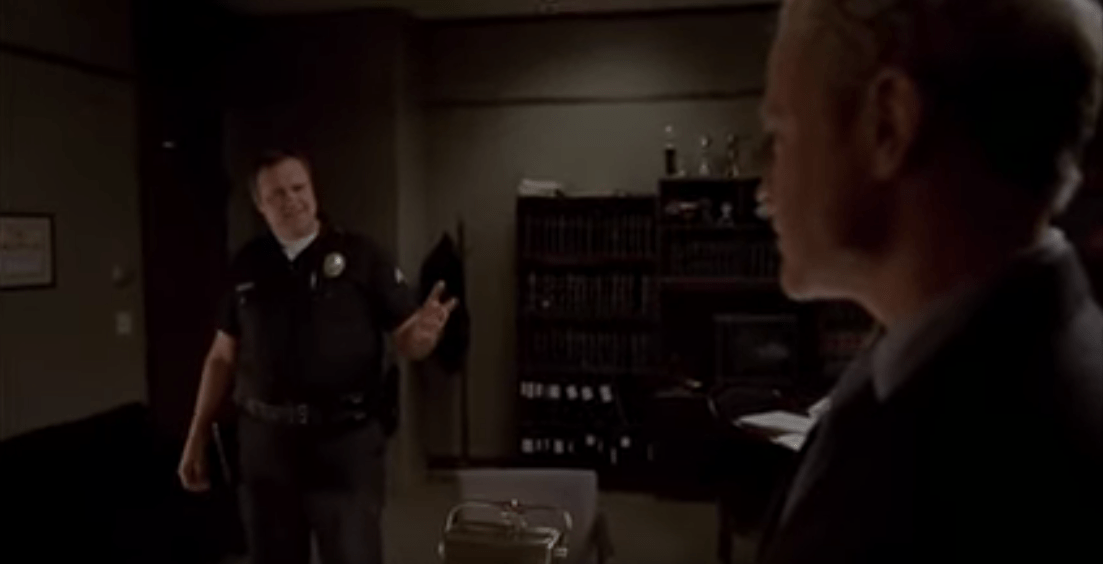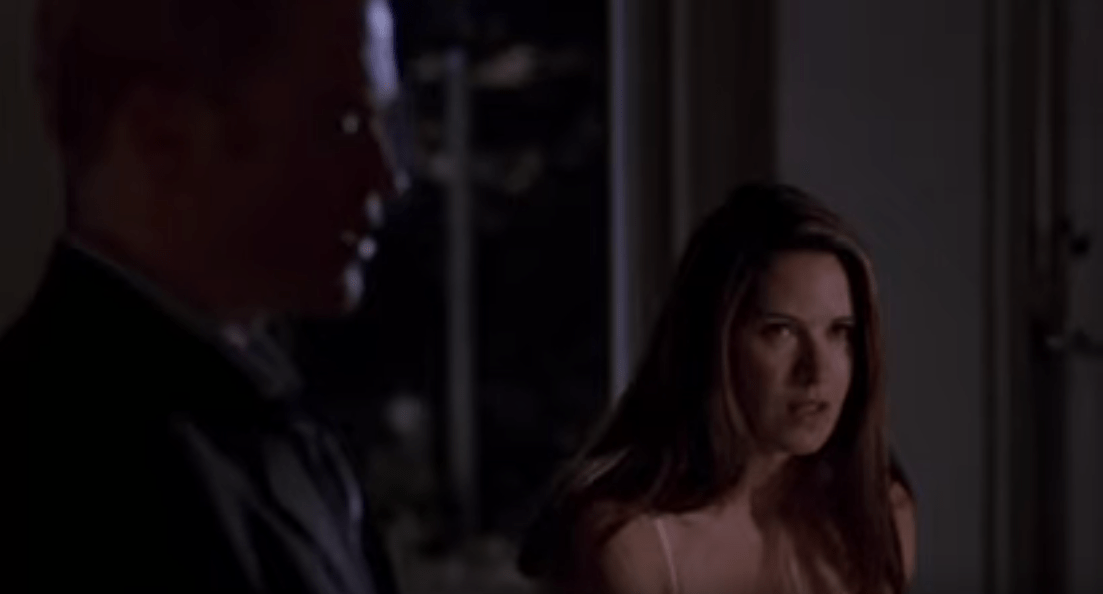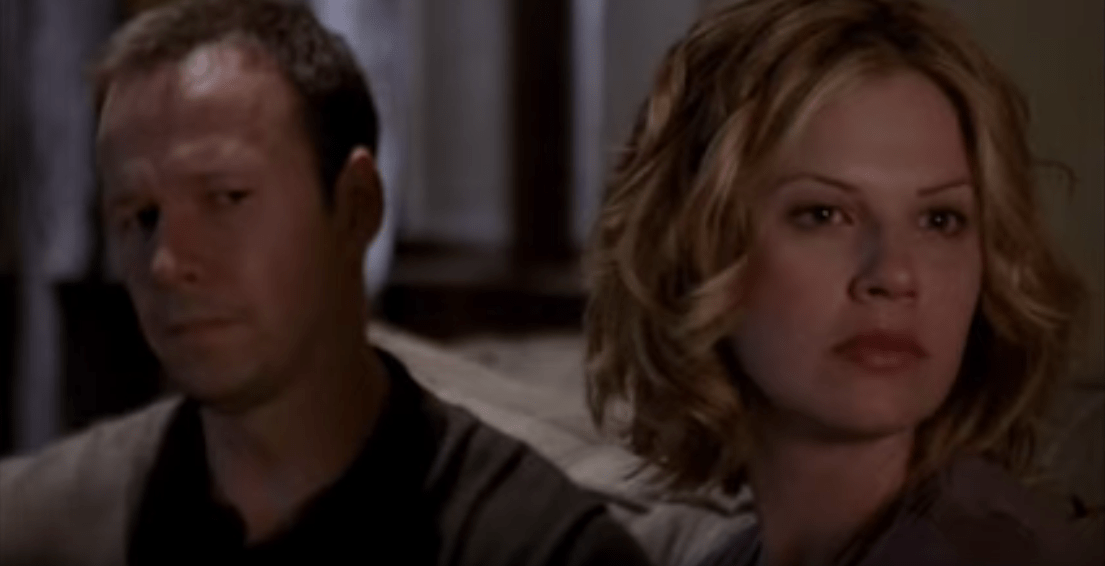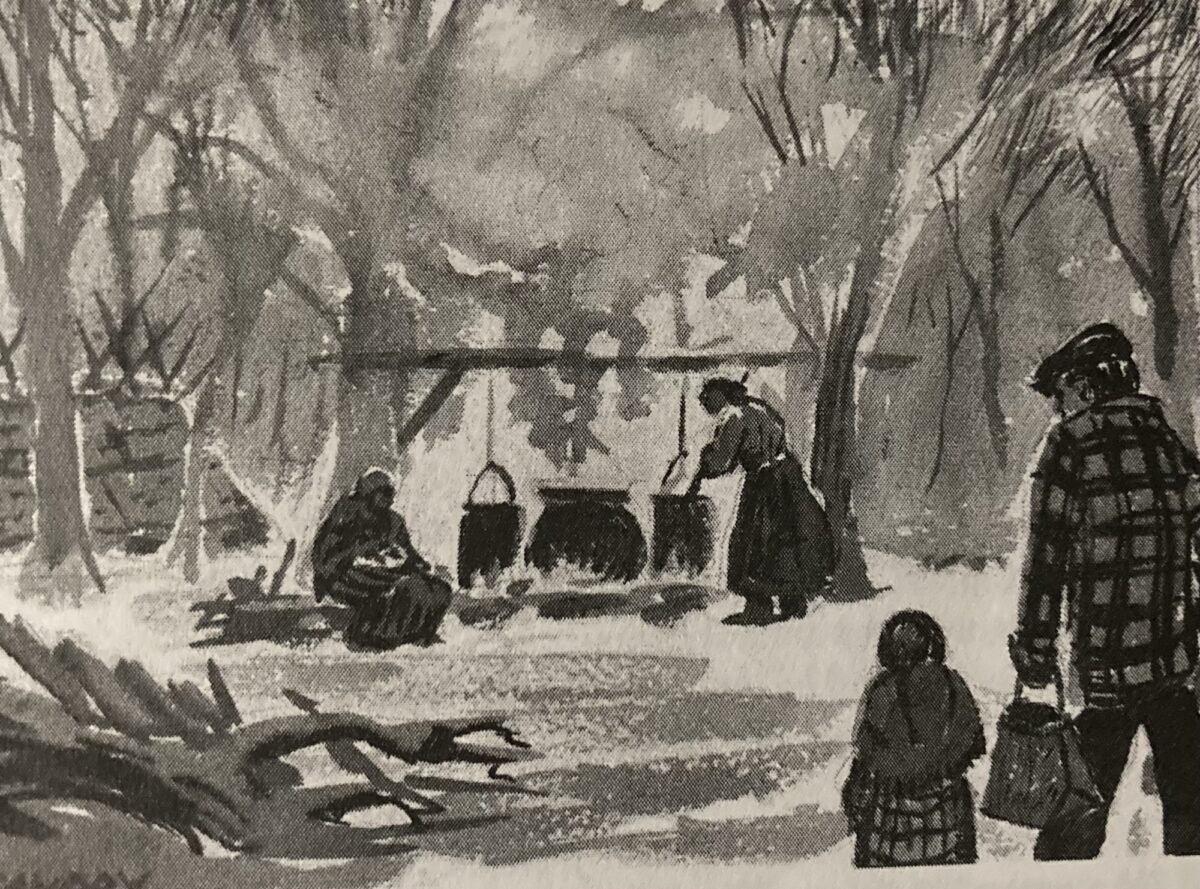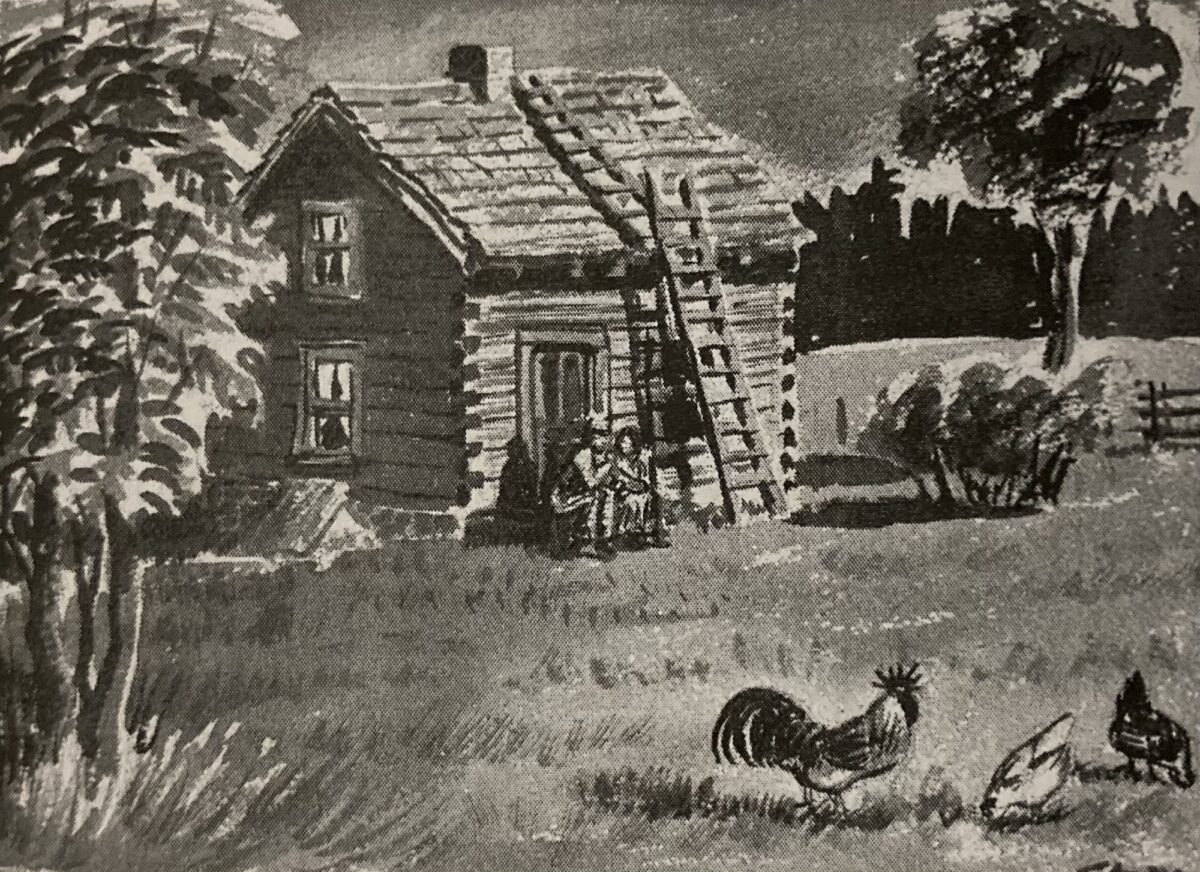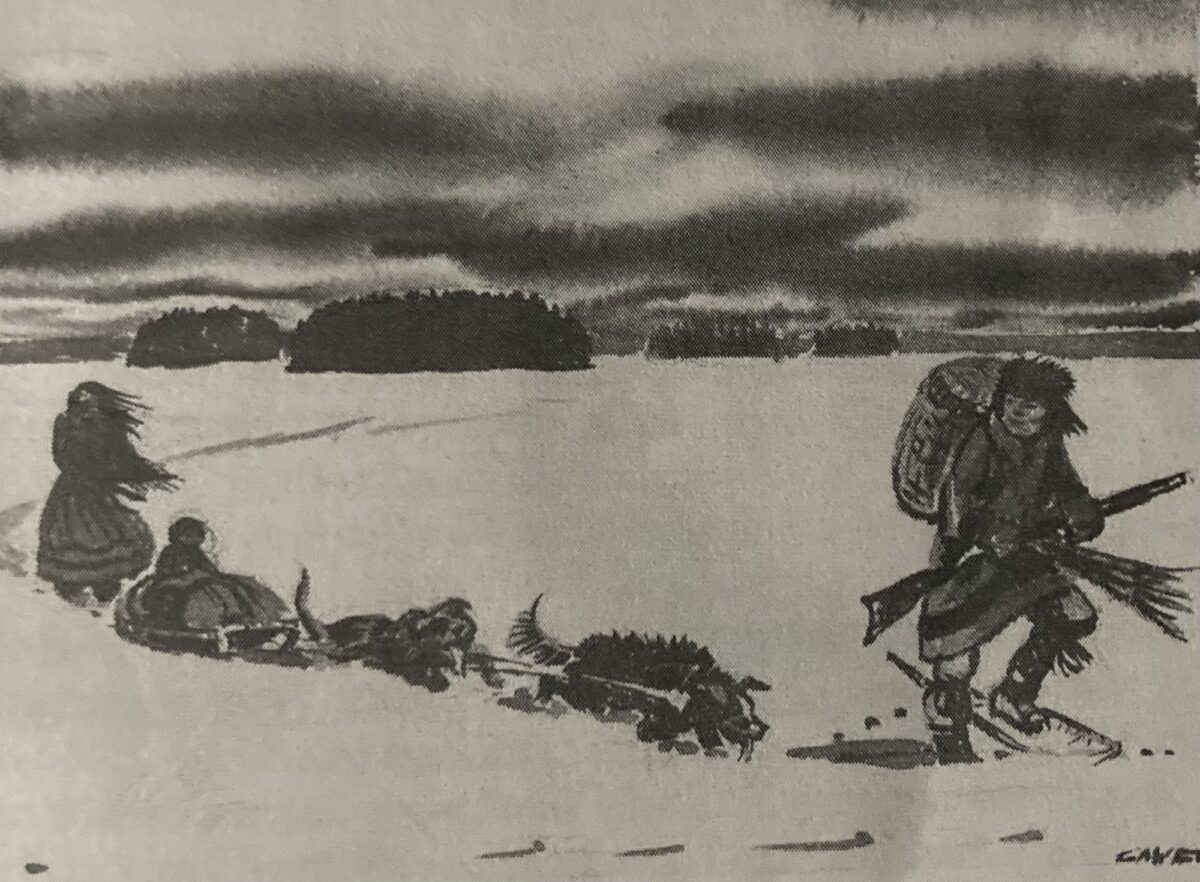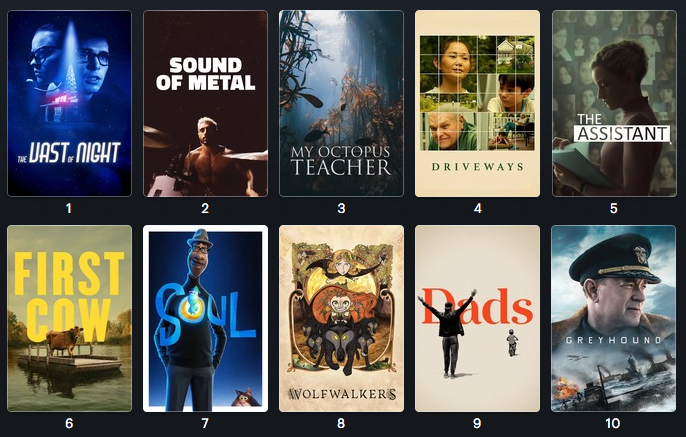Originally published at Cinema Sugar
Josh, you’re in a musical. That’s how musicals work. When you’re too emotional to talk, you sing. When you’re too emotional to sing, you dance.” — Melissa, Schmigadoon
I went through a phase as an adolescent when I didn’t get musicals. Not only that: I actively resented them. They’re cheesy and unrealistic! I reasoned. People don’t randomly burst into song and coordinated dances! There were a handful of musicals I did enjoy (Singin’ in the Rain, The Sound of Music, Newsies), but even they couldn’t escape the weight of my prejudice that they were ultimately frivolous, unserious entertainment.
That is, until one fateful summer when two diametrically different movies accidentally teamed up to convince me otherwise.
“I don’t know you but I want you”
It was the summer of 2007. I was back home after my freshman year of college, working for the second year in a row as a counselor at a summer camp. It was a fun gig for that time in my life: decent cash, free meals and lodging, lots of time outside and hanging out with fellow college-aged counselors.
I became fast friends with one of the counselors (let’s call her Kendra) as we enjoyed hanging out together and discovered mutual interests—playing music being a big one. We played together a lot that summer, with her singing and me muddling along on the guitar or piano, both of which I’d started teaching myself to play a year or two before.
She had a boyfriend back home, and even if she didn’t I was too emotionally guarded and scared of the concept of dating to have considered making a move. But I felt a warmth and ease between us, and a platonic bond that could have been mistaken for siblinghood if it weren’t for the faint flicker of a flame beneath it.
Earlier in the summer I’d heard great buzz about this tiny Irish movie that was sort of a musical, featuring the kind of singer-songwriter music I was really into at the time, and that was antithetical to the shiny show tunes of traditional musicals. It was playing at a small movie theater across town, so I figured it’d be worth a watch despite knowing nothing about the director or stars. I suggested to Kendra that we go see it one Saturday afternoon during our off time and she was game.
We’d been cloistered in the camp bubble for a while, so this escape into the outside world, however brief, felt refreshing and special. And since going to the movies itself is a refreshing and special occasion, I think we both were primed for a magical experience as we arrived at the small strip-mall theater and entered the darkness of the screening room together.
“…‘Cause this is what you’ve waited for”
Once, directed by John Carney, is fairly easy to describe. An Irish busker (Glen Hansard) meets a young woman (Markéta Irglová) on the streets of Dublin and they grow close as they play music together, discuss their lives and bruised loves, and inspire each other as they enter new phases of life.
But such a tidy description belies the miles-deep emotional undercurrent that runs beneath this story and propels the main characters—who remain unnamed and are credited as Guy and Girl—first towards each other and ultimately onto their individual fates.
Should he get back with his ex-girlfriend in London? Is her floundering marriage worth repairing? That undercurrent flows to the surface not through any melodramatic speeches or contrived conflicts, but through the music they share.
Probably because the film’s core of Carney, Hansard, and Irglová are real musicians, they manage to capture both the tedium and the thrill of creating meaningful music—and, by extension, art in general—better than almost anything I’ve seen.
They do so by paying close attention to moments in the songwriting process that are small and specific but still significant: Haphazardly assembling snatches of melody while taking notes on your laptop. First hearing someone add harmony to your song when you’ve only ever played it solo. Finding replacement Discman batteries so you can finish writing lyrics you need. Nailing a song on the first take in the studio.
These little euphorias add up, in real life and in the movie. And with what Guy and Girl accumulated during their time together, they were able to bestow each other things they couldn’t have imagined before meeting: she helps him record his songs and boosts his confidence for the next step, while he surprises her with a generous gift to reignite her passion for playing.
It was goodbye in the best way, with grace and gratitude for what they meant to each other.
“Sing your melody, I’ll sing along”
Kendra and I emerged from the theater nearly vibrating from what we’d just experienced. I had no idea a musical could be like that. Sparse. Soulful. Closely observed and deeply felt, with a ragamuffin realism and total lack of the affectation and razzmatazz of traditional Broadway-based film adaptations. It was much more like a Dardennes movie than a musical, despite fulfilling the technical definition of the genre.
Sure, it was bordering on twee and perhaps too appealing to self-serious emo lads like myself at the time. But that feeling of a movie being made just for me was too powerful to deny.
As soon as we got back to camp I hopped on the piano in the empty main lodge so we could try out the songs, which still reverberated through us. We managed our own halting cover version of “Falling Slowly,” its anthemic melody climbing up and down the walls of the lodge with my tentative piano chords in pursuit.
It didn’t occur to me at the time, but while we sang that beautiful music together, what remained unsung was how we were a kind of echo of what we’d just seen on screen. A girl and a guy (a tall, bearded, redheaded one no less) spending limited yet meaningful time together, singing tunes and sharing stories and creating memories? It was too good to be true, and yet it was.
For a moment anyway. As in the movie, time ran out on us when camp ended and we both returned to our normal lives. But what I took with me from this Once experience was how people could come into each other’s lives and share an interlude together knowing that time would end, yet still forge ahead into the moments they had remaining and do something wonderful with them.
That’s what music can do, and what art can do, and what grace can do if we let it.
This summer reverie was still fresh in my mind when I returned to campus ahead of the fall semester and, just a few weeks after seeing Once, encountered another paradigm-shifting film—only this one with a little more razzle dazzle.
“Every day’s like an open door”
I arrived before classes started so I could attend resident assistant training, a two-week orientation for this student-leadership position. I’d applied to become an RA because I thought I’d be good at it and because being an introvert in a typically extroverted role would actually be an asset for serving the less-outgoing undergraduate residents. (The free room-and-board didn’t hurt either.)
One evening a group of RAs went to see the new Hairspray movie. Because I was trying to push myself to get out more and socialize in this new role, I decided to tag along. And as I was still wedded to my myopic view of musicals, despite my recent Once experience, I brought my low expectations with me too.
Based on the Broadway adaptation of John Waters’ 1988 film, Hairspray follows the relentlessly cheerful and dance-loving teenager Tracy Turnblad in early 1960s Baltimore as she joins her favorite local teen dance TV show and, with her plus-size figure and support for racial integration, helps to transform the segregated, traditionalist ways of the show and her community for the better.
On paper this sounds potentially cloying and pat but on screen it’s anything but, honoring John Waters’ delightfully weird sensibility and humor with touches like John Travolta in drag as Tracy’s agoraphobic seamstress mother and Tracy riding a garbage truck to school through the dilapidated streets of Baltimore during the jubilant opening tune “Good Morning Baltimore.”
But it’s the soundtrack that’s the true star. Marc Shaiman’s zesty mixture of period-specific soul, R&B, gospel, and pop tunes elevates the movie into pure, unabashed spectacle. Highlights include the R&B-infused “Run and Tell That,” the bubblegum pop of “Welcome to the 60s,” and the 10-minute finale sequence of “You Can’t Stop the Beat,” which never fails to give me chills.
“I can hear the bells, my head is reeling”
To say Hairspray changed my perspective is an understatement. It was like a high-wattage electric shock that flicked on a lightbulb for me, and the grainy black-and-white screen through which I’d been watching musicals before suddenly sparked into Technicolor.
I could see things now in other musicals that I couldn’t have appreciated before, like the awe-inspiring athleticism of performers who execute complex and cardio-intensive choreography with a smile. Like the finely tuned plots that elevate story structure into an art in itself. And how a musical is, in a way, the manifestation of all the fine arts into one—dance, design, music, drama, and cinema all magically synthesized before our eyes.
My chief objections to musicals—that they’re cheesy, unrealistic fluff—fell away like a discarded dress during a costume change. I finally saw how downright silly it was to accuse them of being cheesy when a dyed-in-the-wool musical like Hairspray was leaning so hard into campiness that it tripped over its own dance moves.
All my mental finger-pointing did was alienate myself from what the movie wanted to do, which was to grab my clenched fist with a big smile and pull me into a raucous, liberating dance.
(When Corny Collins, the host of the teen dance show in Hairspray played by James Marsden, was faced with the prospect of racial integration on his show, he saw his choice clearly: “You can fight it or you can rock out to it.”)
This isn’t to say Hairspray is beyond critique, or even close to my favorite musical. The acting is often cartoonishly bad, and the story implies a simplistic path of overcoming racial discrimination while centering Tracy, a white woman, as the instigating force of integration rather than her Black peers and local community.
Anytime a work of art speaks on important socio-political issues, even through a historical framework as Hairspray does, it risks looking outmoded or obtuse to future generations of viewers. And that’s OK—we can credit the film’s optimism and inclusive attitude while also acknowledging its limitations as a self-contained cultural artifact.
But I wasn’t thinking about all that when I emerged from the theater with the other RAs. I was thinking about how I’d ever get those songs out of my head, and how every one of Hairspray’s horn blasts and pirouettes and bursts of color were blows against cynicism and subtlety.
Which was, frankly, exactly what I needed.
“It takes two, baby”
Hairspray and Once could not be more different as movies or as musicals.
Once is a wisp of a film, a bootstrapped production with a cinéma vérité look, unknown cast, and achingly sincere songs that obliquely supplement the simple story.
Hairspray, on the other hand, is a big, brassy, cheeky joy explosion, with a maximalist attitude about its every aspect—acting, production design, social commentary, and the music above all.
Seeing these movies individually made big dents in my stony resolve against the allure of musicals, but seeing them within about a month of each other shattered it altogether. If I’d just seen Once I could have downplayed it as a unique aberration that departed widely from the conventions of the genre. Not so with Hairspray, which feels like the most musically musical to ever musical.
Having to span and make sense of that distance between them forced me to span the gaps in my own self-understanding and, above all, learn how to surrender. To say yes in spite of myself and show my prejudices who’s boss. And to trust and appreciate the essential elements of an art form instead of treating them as dealbreakers.
The musical has been around a lot longer than me. It has a lot to say—and sing. All you need to do is listen, because you can’t stop the beat.

